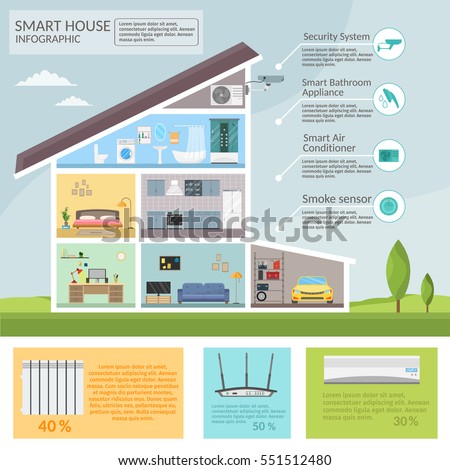Check Out Ways To Preserve The Effectiveness And Longevity Of Your Heatpump System By Stopping Typical Installation Mistakes
Check Out Ways To Preserve The Effectiveness And Longevity Of Your Heatpump System By Stopping Typical Installation Mistakes
Blog Article
Web Content Writer-Harper Ploug
When setting up a heat pump, you need to stay away from usual errors that can jeopardize its effectiveness. Neglecting correct sizing might lead to ineffectiveness and higher energy expenses. Overlooking insulation and sealing can result in energy wastage and pressure on the device. Moreover, positioning the outdoor unit incorrectly might impact its efficiency. By staying clear of these errors, you can ensure optimum operating and resilience of your heat pump system.
Improper Sizing of Heat Pump
When it pertains to the setup of heatpump, among the most usual blunders is improperly sizing the device for your area. Guaranteeing the appropriate size is critical for optimal performance. If the heatpump is also small, it will certainly struggle to warmth or cool your space efficiently, causing increased energy expenses and prospective damage on the unit.
On the other hand, if the heatpump is too huge, it will certainly cycle on and off regularly, causing temperature changes and decreasing its life expectancy.
To prevent this mistake, it's essential to have a professional examine your room and advise the ideal size of the heat pump based on variables like square video footage, insulation, ceiling height, and local climate. By spending the moment and effort to make sure the proper sizing, you can take pleasure in a comfortable environment while taking full advantage of energy effectiveness and lengthening the life expectancy of your heat pump.
Inadequate Insulation and Sealing
To make sure the effective operation of your heat pump, it's vital to deal with inadequate insulation and sealing in your area. Proper insulation helps preserve a regular temperature inside your home, minimizing the work on your heatpump. Inadequate insulation can bring about power loss, making your heat pump job harder and much less effectively.
Sealing any type of voids or leakages in your area is similarly important. These gaps permit conditioned air to leave and outside air to permeate in, forcing your heatpump to make up for the temperature level changes.
Inaccurate Positioning of Outdoor Device
Dealing with the placement of your heatpump's outdoor system is vital to enhancing its performance. Setting up https://tysoneqyyy.ambien-blog.com/37493572/crucial-blunders-to-stay-clear-of-in-the-setup-of-heatpump-equipment in an inaccurate location can result in performance issues and possible damages to the system.
One common blunder to avoid is putting the outside device as well near to a wall surface or other structures. This can limit airflow, causing the unit to function more difficult to warm or cool your space, inevitably lowering its efficiency and lifespan.
Another mistake to steer clear of is placing the outside unit in straight sunlight. While some sunlight is inevitable, extreme exposure can lead to overheating, particularly throughout hot summer season days. It's best to position the outside device in a shaded area to assist keep its optimal operating temperature.
Additionally, ensure that the outside system is placed on a steady and level surface area. Uneven ground can create vibrations and unnecessary pressure on the device, impacting its efficiency over time.
which is the best heat pump
To conclude, preventing common blunders throughout heatpump setup is vital for making best use of performance and durability of your system. By ensuring correct sizing, appropriate insulation, securing, and correct placement of the exterior unit, you can stop concerns such as inadequacies, increased power costs, and pressure on the device. Making the effort to resolve these vital aspects will inevitably conserve you money and time over time.
